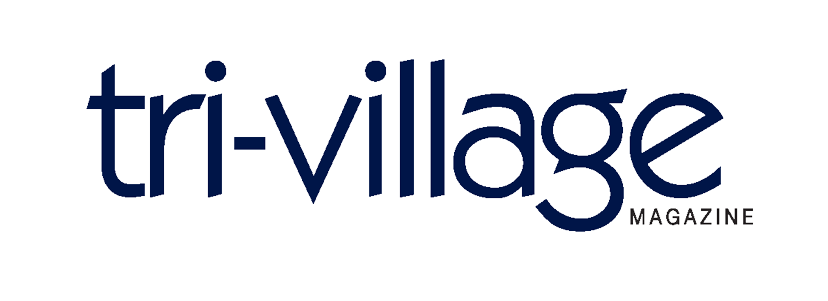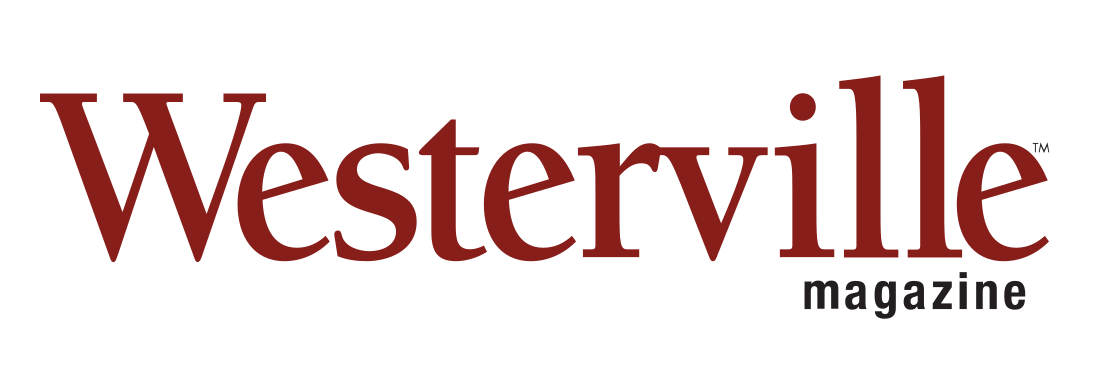
Photo courtesy of Fine Line Graphics
For hundreds of years, printing has been the world’s greatest communicator.
Through text and illustration, printing has moved masses of people toward revolution; it’s how James Joyce published Ulysses and, provided you’re holding a physical copy of Tri-Village Magazine, it’s how you’re reading this article.
In recent decades, however, the race to develop new ways of putting ink to paper has become an important competition, and one of the transformative players of contemporary printing resides right here in Grandview Heights.
Fine Line Graphics’ work is emblematic of the new generation of companies moving the industry forward on a national stage, pushing the limits of the technology to serve its customers with more precision and efficiency.
Fine Line has a new addition to its fleet of machines. The Komori GL40 H-UV press doesn’t have a name that rolls off the tongue easily, but it does have impressive abilities.
The GL40 is one of only 26 sibling machines in the country. Although most presses limit the market radius for a graphics company to between 50 and 100 miles, this new wunderkind of the printing world allows Fine Line to operate throughout the U.S.
“We honestly believe it is the iPhone of printing and will change the way we as printers do business throughout the world,” says Jim Basch, president and treasurer of Fine Line.
The “G” in GL40’s name stands for “green” and symbolizes Komori’s and Fine Line’s commitment to environmental responsibility. Fine Line endorses Komori’s Green Concept, which encompasses three tenets: clean (preventing pollution), saving (the economic result of reducing emissions) and safety (in regards to the work environment).
By curbing carbon emissions and lowering the harmful chemical content in printing substances, Fine Line intends to be a leader of local businesses dedicated to responsible manufacturing.
The H-UV in the name is short for “Hybrid-UV,” a continuation of the green concept. Traditional inks, such as those used in household printers, are left to air-dry on the paper. The smell of drying ink occurs when the vapors of volatile solvents make contact with the senses: not a low-emission option.
The GL40’s ink dries when it makes contact with ultraviolet light, reducing this frequently overlooked form of pollution.
“The KHS-Advanced Interface shortens job set-up times, cuts paper waste significantly and reduces our print times,” Basch says.
This interface is coupled with what is known as “perfecting” printing.
“Perfecting technology allows us to print both sides of the sheet in one pass versus the traditional two passes that occurs in almost all print shops,” Basch says.
The result is a drastic increase in speed and a decrease in energy expense, all without sacrificing quality.
“We have always tried to be environmentally conscious,” Basch says.
Fine Line’s commitment has grown with Basch during the last 23 years of his time at the company, and he and his partner, Greg Davis, have been instrumental in shaping the firm’s status and its operations.
“Together, we have been able to overcome some significant challenges,” Basch says. “Honestly, this technology that we are introducing into the state of Ohio – not just Grandview – represents perhaps our biggest challenge to date.”
Zach Maiorana is a contributing writer. Feedback welcome at gbishop@cityscenemediagroup.com.





